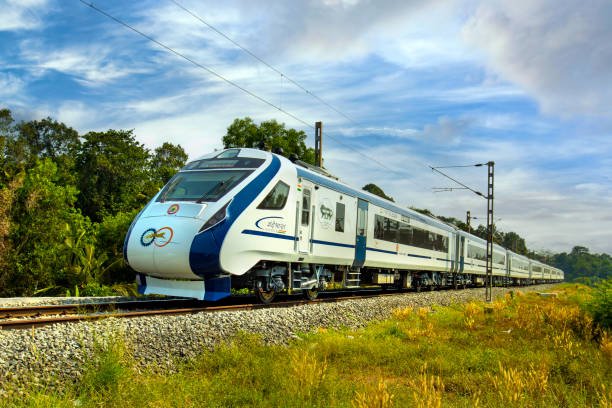The Indian railway system is renowned for its vastness and diversity, providing an extensive network of trains tailored to meet a wide range of travel requirements. Within this expansive system, there exist numerous train categories designed to accommodate diverse passenger needs and preferences. Among these categories, three prominent types are Menu, DEMU, and EMU trains, each serving specific purposes and operating under distinct functionalities. In order to better understand these trains’ tasks within the Indian railway system, let’s take a closer look at their definitions and purposes.
MEMU Trains: Mainline Electrical Multiple Unit
MEMU trains, abbreviated from Mainline Electrical Multiple Unit, represent an important aspect of the Indian railway system. These electric trains function on the mainline railway tracks, operating much like regular passenger trains. However, what distinguishes MEMUs is their capacity to cover longer distances and connect major cities or towns. In comparison to their counterparts, DEMUs, MEMUs typically feature more coaches, accommodating a larger number of passengers during their journeys.
DEMU Trains: Diesel Electric Multiple Unit
DEMU trains, or Diesel Electric Multiple Units, play a vital role in India’s railway network. These trains, powered by diesel engines, serve as passenger trains with multiple coaches. They are particularly useful for routes without electrification, covering shorter distances and connecting smaller towns or suburban areas efficiently. Due to their diesel propulsion, DEMUs offer flexibility in serving regions where electrification may not be available.
EMU Trains: Electrical Multiple Unit
EMU trains, short for Electrical Multiple Units, represent another essential component of India’s railway infrastructure. These electric passenger trains operate on electrified railway sections, primarily catering to high-frequency services within urban areas or densely populated regions. Despite typically having fewer coaches compared to MEMUs, EMUs offer rapid transit options for commuters, facilitating convenient and efficient travel within cities.
The varied train types in India, namely MEMU, DEMU, and EMU, each serve distinct purposes within the country’s extensive railway network. While MEMU trains excel in connecting major cities over long distances, DEMU and EMU trains cater to shorter routes, facilitating intra-city travel and connectivity between smaller towns and suburbs.
The fundamental differences in power sources, operational scope, and geographical distribution make each type of train essential in meeting the diverse transportation needs of passengers across urban and rural landscapes. By providing efficient and reliable transportation options, these train types play a crucial role in enhancing mobility and connectivity, contributing to the overall efficiency and effectiveness of India’s railway system.

